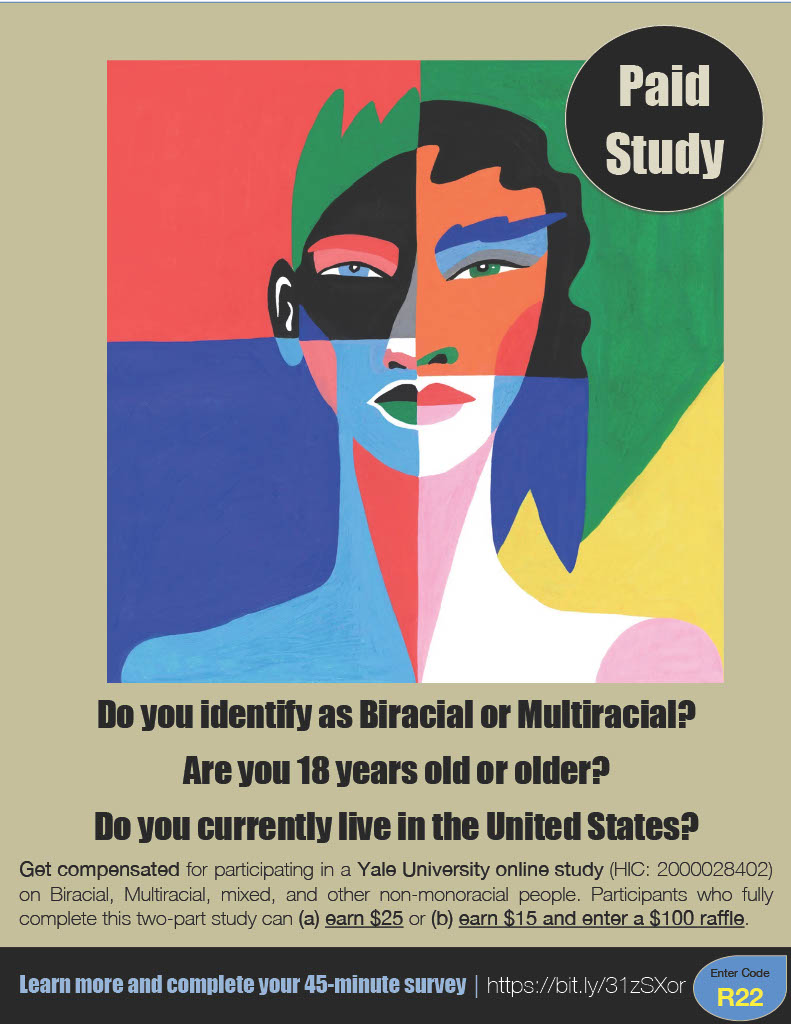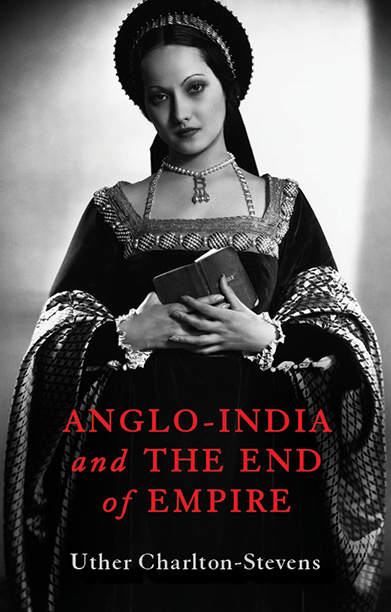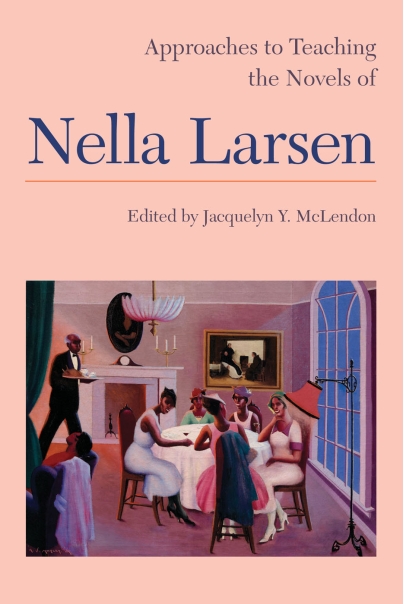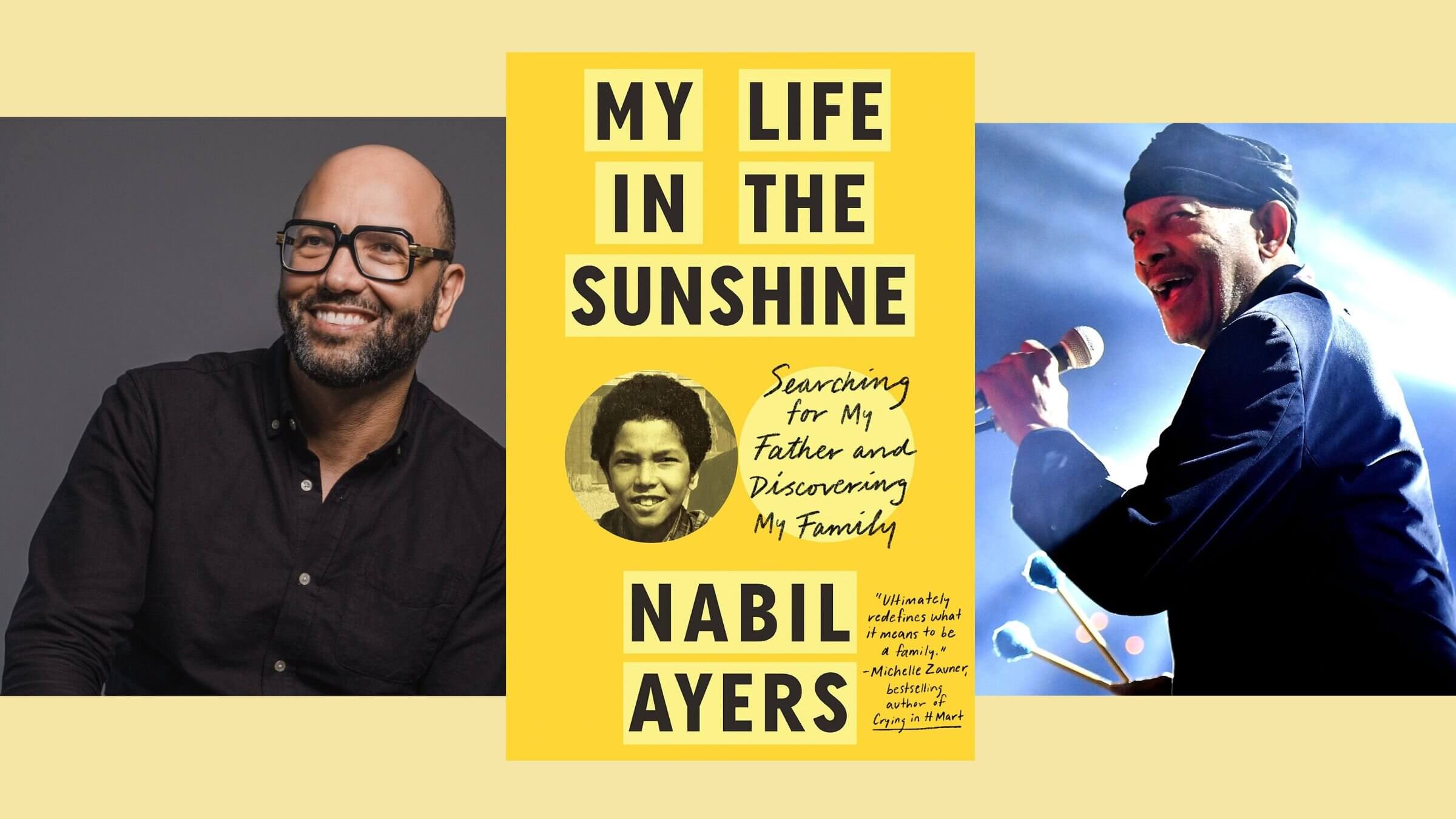Striving to Sing Our Own Songs: Notes on the Left not Right in Africana StudiesPosted in Articles, History, Literary/Artistic Criticism, Media Archive, Politics/Public Policy, Social Justice on 2022-09-16 20:53Z by Steven |
Striving to Sing Our Own Songs: Notes on the Left not Right in Africana Studies
The Discipline and African 2022 World Report
National Council for Black Studies
pages 186-192
Mark Christian, Ph.D., Professor of Africana Studies
City University of New York, New York, New York
By way of an introduction, the last year or more has witnessed an unprecedented upsurge in human insecurity across the globe. Perhaps it is the right time to put some historical context into what this means for peoples of African heritage globally—and more specifically, those located within the borders of the United States. This article will briefly consider the continued battle for Africana liberation, employing a Sankofa perspective—to go back and retrieve for present use. Moreover, there will be a critique of the so-called “Black Radical Left,” as it seems that scrutiny of such scholars rarely occurs. Indeed, many appear “untouchable” in terms of criticism from within Africana studies—yet the same cannot be stated in regard to African-centered scholars who, ironically, argue for largely similar forms of Black liberation. Therefore, while taking into account the developments of the last year for this NCBS annual report, it is necessary to consider some of the various schools of thought in the discipline and the imperative to develop a cross-fertilization of ideas in Africana studies.
In the last 18 months, I have traveled back in time to the 19th and 20th centuries in regard to my research output, completing two major studies (Christian, 2021a, 2021b). It has been palpably worthwhile because one finds that there is nothing particularly original in terms of the struggle for social justice. Of course, there have been major structural changes in the U.S. with the collapse of enslavement in 1865, followed by the ephemeral Reconstruction era, then de jure segregation, followed largely by de facto segregation. Women’s rights have also markedly improved since the 19th century, yet here we are, comfortably into the 2020s, in what could be deemed the “George Floyd era,” wherein the need for racialized justice across the spectrum of society remains ubiquitous. The seemingly insuperable reality of racism remains an ever-present social problem. Meanwhile, Africana scholars, in all their various schools of thought, continue to tackle an array of “isms” in their varied capacities throughout higher education…
Read the entire article here.







